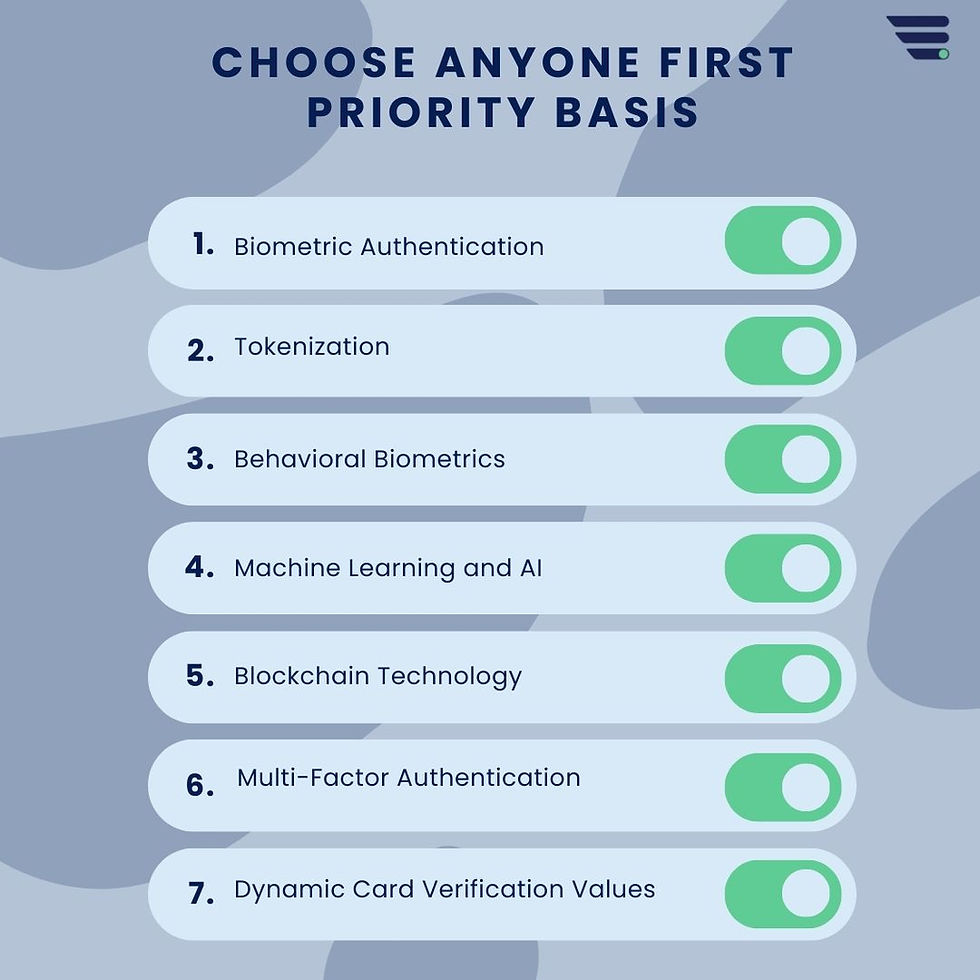In an era marked by rapid technological advancements, the landscape of payment validation is evolving. The Reserve Bank of India (RBI) recently emphasized the need to explore alternatives beyond One-Time Passwords (OTPs) for securing digital transactions. This call for innovation opens doors to a plethora of possibilities, promising both enhanced security and improved user experience in the realm of digital payments.
OTP authentication has long been a staple in online transactions, serving as a second layer of security alongside passwords. However, its reliance on SMS or app notifications introduces vulnerabilities such as phishing attacks, SIM swapping, and delivery delays. Recognizing these limitations, the RBI's directive encourages financial institutions and payment service providers to explore alternative authentication methods that offer robust security without compromising convenience.
So, what innovative technologies can pave the way for more secure and seamless payments? Let's delve into some promising alternatives:
Biometric Authentication: Leveraging biometric data such as fingerprints, facial recognition, or iris scans provides a highly secure means of authentication. Biometric markers are unique to each individual, making them exceptionally difficult to replicate or spoof. Integrating biometric authentication into payment systems enhances security while streamlining the user experience, as it eliminates the need to remember passwords or enter lengthy OTPs.
Tokenization: Tokenization replaces sensitive payment data, such as credit card numbers, with non-sensitive tokens. These tokens are randomly generated and unique to each transaction, rendering the original data useless to potential attackers. By adopting tokenization, merchants and payment processors can minimize the risk of data breaches and unauthorized access to sensitive information, thereby bolstering overall security in digital payments.
Behavioural Biometrics: This innovative approach analyses user behavior patterns, such as typing speed, mouse movements, and touchscreen interactions, to authenticate transactions. By continuously monitoring and analyzing these behavioral cues, systems can detect anomalies indicative of fraudulent activity, providing an additional layer of security without inconveniencing users with explicit authentication steps.
Machine Learning and AI: Machine learning algorithms can be trained to detect patterns and anomalies in transaction data, enabling real-time fraud detection and prevention. By leveraging AI-powered systems, financial institutions can adapt to evolving threats and proactively safeguard against fraudulent activities, thereby ensuring the integrity of digital payment ecosystems.
Blockchain Technology: Blockchain offers a decentralized and immutable ledger system that enhances the security and transparency of transactions. By utilizing blockchain-based solutions, payment networks can mitigate the risk of fraud, unauthorized alterations, and data breaches, while also facilitating faster and more cost-effective cross-border transactions.
Multi-Factor Authentication (MFA): MFA combines two or more independent authentication factors, such as passwords, biometrics, and device tokens, to verify the identity of users. By requiring multiple forms of authentication, MFA significantly strengthens security, as an attacker would need to compromise multiple factors to gain unauthorized access.
Dynamic CVVs: Dynamic Card Verification Values (CVVs) generate a unique security code for each transaction, which expires shortly after use. This prevents unauthorized reuse of CVVs obtained through phishing or data breaches, effectively thwarting fraudulent activities.
Embracing these innovative technologies not only enhances the security of digital payments but also enriches the user experience by minimizing friction and simplifying authentication processes.
As the digital payments landscape continues to evolve, stakeholders must remain vigilant and proactive in adopting cutting-edge solutions to stay ahead of emerging threats and safeguard the integrity of financial transactions.
By collaborating and innovating, we can build a more secure and resilient payments ecosystem that empowers individuals and businesses to transact with confidence in an increasingly digital world.


Comments